Type 2 Diabetes Epidemic in Children; Dentistry and Tooth Decay

Photo courtesy of Flickr
Many health officials are alarmed at the growing rate of type 2 diabetes in U.S. kids aged 10 to 17 - some are even referring to it as an epidemic.
Adding to the growing concern is a trifecta of factors:
First - since it only began showing up in this age group around 15 years ago, not much is known about its cause and treatment in children. Second - it is very aggressive. And third - it is very hard to control in children because lifestyle changes are hard to make and the typical treatment does not work well for them.
In a report in the Tulsa World newspaper, Dr. Kenneth Copeland, endocrinologist and director of the pediatric program at the Harold Hamm Diabetes Center in Oklahoma City, said the results of the five year study - that followed almost 700 children with type 2 diabetes between the ages of 10 and 17 - show that type 2 diabetes in children must be treated early and aggressively.
"The disease can cause blindness, kidney failure and neuropathy, among other problems," said Copeland. "New drugs simply must be developed for children."
But drugs are not the answer, according to Copeland.
"Prevention is ideal, and the study's results should not lead to discounting lifestyle changes as important for managing diabetes," he said. "The whole idea is we need to be intervening in lifestyle so we can be treating the obesity before diabetes occurs."
There will be more on lifestyle changes later in this article but first, let's take a look at the link between gum disease and diabetes.
Did you know that a dental care provider may very well be the first to detect diabetes in your child?
Bad breath, dry mouth, bleeding gums and receding gums are often signs of the disease.
In a study by a nursing-dental research team at the New York University College of Dentistry Study, of people with periodontal (gum) disease are also at high risk for diabetes and "should be screened for diabetes." They looked at data from the 2003-2004 National Health and Nutrition Examination Survey conducted by the National Center for Health Statistics of the Centers for Disease Control and Prevention and designed to assess the health and nutritional status of adults and children in the United States.
Study lead Dr. Shiela Strauss, Associate Professor of Nursing and Co-Director of the Statistics and Data Management Core for NYU's Colleges of Dentistry and Nursing, examined data from the 2003-2004 National Health and Nutrition Examination Survey, using guidelines established by the American Diabetes Association. The survey, conducted by the National Center for Health Statistics of the Centers for Disease Control and Prevention, was designed to assess the health and nutritional status of adults and children in the United States.
Dr. Strauss's findings were published in the online edition of the Journal of Public Health Dentistry in 2009 and "add to a growing body of evidence linking periodontal infections to an increased risk for diabetes," according to NYU.
The study also found that three in five people with gum disease and at risk for diabetes had visited a dentist within the preceding two years, and that a third hd visited one in the prior six months.
"In light of these findings, the dental visit could be a useful opportunity to conduct an initial diabetes screening - an important first step in identifying those patients who need follow-up testing to diagnose the disease," said Dr. Strauss.
It's been estimated that 5.7 million Americans with diabetes were undiagnosed in 2007," Dr. Strauss added, "with the number expected to increase dramatically in coming years. The issue of undiagnosed diabetes is especially critical because early treatment and secondary prevention efforts may help to prevent or delay the long-term complications of diabetes that are responsible for reduced quality of life and increased levels of mortality among these patients. Thus, there is a critical need to increase opportunities for diabetes screening and early diabetes detection."
Spotting it early enough can make all the difference for the quality of a child's entire life.
Now back to lifestyle changes. Experts all agree that lifestyle changes are essential for the prevention and treatment of type 2 diabetes. But getting kids to get off the couch or away from their video games and out getting exercise is "suprisingly difficult" says Dr. Copeland. And even harder is getting them to change their diet.
But diet change is critical, especially if the aim is to prevent type two diabetes in the first place. Especially since the one main thing medical experts do know about type 2 diabetes is that obesity is a proven factor.
So what kind of foods should be consumed by children to prevent it?
Well, loe and behold, it is the same diet that can prevent and even reverse tooth decay - a related condition.
Avoiding refined sugar, sodas, candy and sweet desserts is, of course, the most obvious. But processed foods contain a lot of hidden sugar as well. And even natural but still sugary fruits need to be limited or eliminated all together. Carbohydrates are necessary but it is the right type of carbohydrates that are key. Another component of the right diet is the inclusion of high quality proteins and animal fats into every meal.
Learn more about the right diet, for children and adults, in Cure Tooth Decay.
References:
"Nexus." New York University. Web. 02 May 2012. <http://www.nyu.edu/dental/nexus/issues/winter2010/397>.
"Know Your World | Tulsa World." Oklahoma Latest & Breaking News, Sports, Weather, Entertainment, Business, Jobs, Homes, Cars, and Classified Ads OK. Web. 02 May 2012. <http://www.tulsaworld.com/news/article.aspx?subjectid=17>.
"Newswise." Expert Commentary Available on NYC Diabetes Epidemic as Highlighted in New Health Dept. Study. Web. 02 May 2012. <http://www.newswise.com/articles/expert-commentary-available-on-nyc-diabetes-epidemic-as-highlighted-in-new-health-dept-study?ret=/articles/list>.
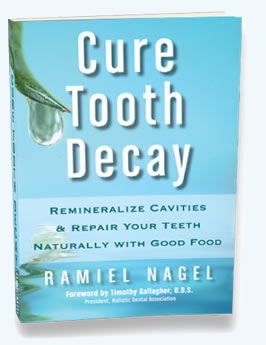



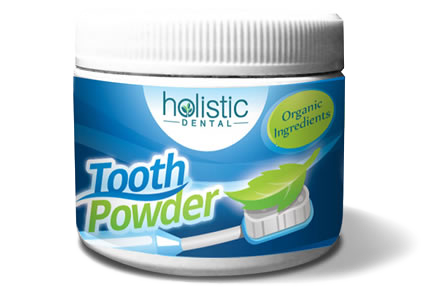
 The One Thing that Shocks Dentists
The One Thing that Shocks Dentists Diet Recovery: e-Book Review
Diet Recovery: e-Book Review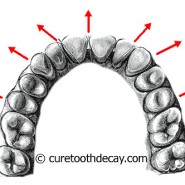 Assembly Line Orthodontics Can Damage Faces
Assembly Line Orthodontics Can Damage Faces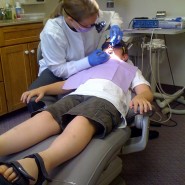 Pediatric Dentistry – Possible Inadequacies
Pediatric Dentistry – Possible Inadequacies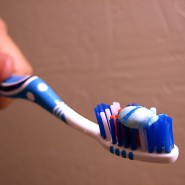 Magical Toothpaste Too Good To Be True
Magical Toothpaste Too Good To Be True Fluoride: A Toxic Waste, Part 2
Fluoride: A Toxic Waste, Part 2 Sugar Alcohols and Tooth Decay
Sugar Alcohols and Tooth Decay Mounting Environmental Mercury Concerns – But What About Our Mouths?
Mounting Environmental Mercury Concerns – But What About Our Mouths? Bacteria Does Not Cause Disease – Raw Milk And Tooth Decay
Bacteria Does Not Cause Disease – Raw Milk And Tooth Decay Type 2 Diabetes Epidemic in Children; Dentistry and Tooth Decay
Type 2 Diabetes Epidemic in Children; Dentistry and Tooth Decay


